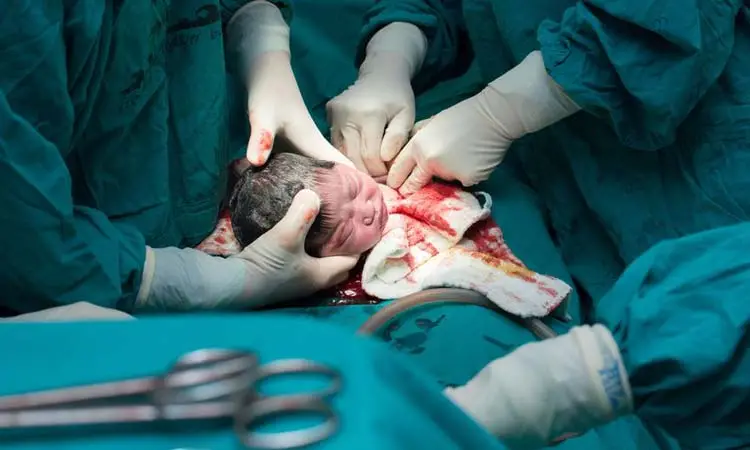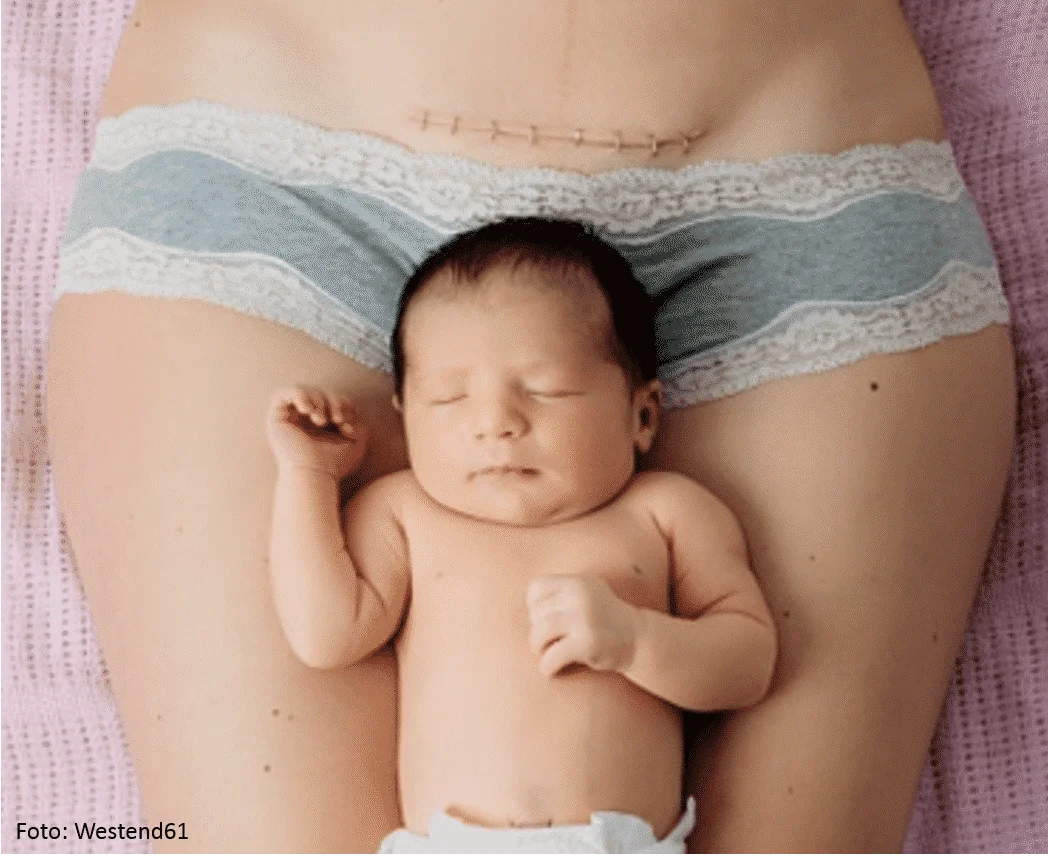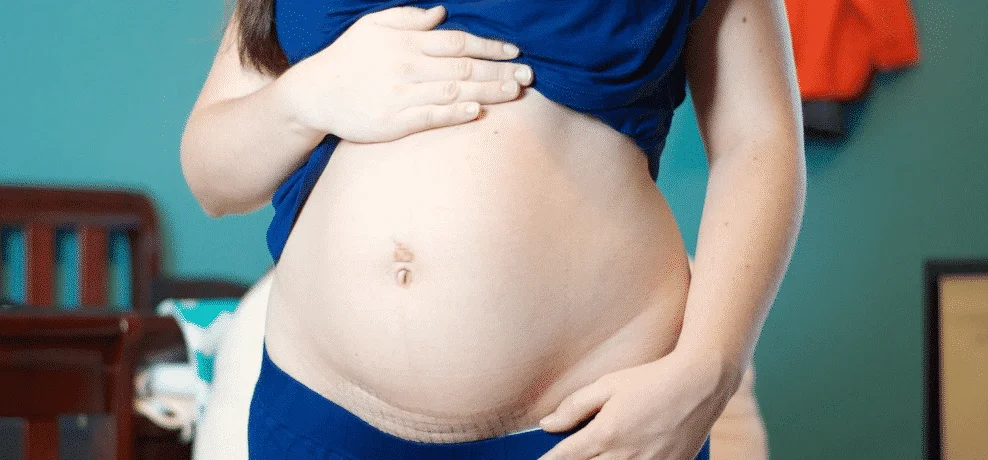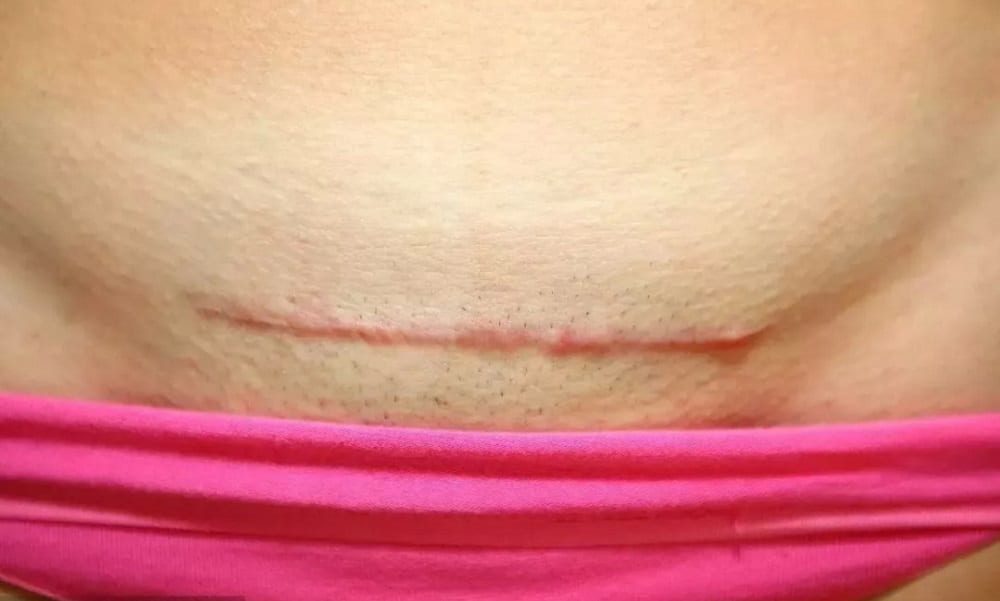There are women who don’t even want to hear about natural birth, but do you know what can happen to your body after a few cesarean sections? Get ready.
This is not the most recommended birth, but it is the most common in Brazil. In 2017 alone, according to the Ministry of Health, 3 million cesarean sections were performed across the country, totaling 55.5% of births during the year.
The problem is that cesarean birth should only be an option for mothers with health problems and in pregnancies in which the baby has physical malformations or is at risk.

Although few people are aware of it, cesarean sections pose numerous risks to women, especially those who become pregnant more than once. Not to mention that the procedure is risky for the mother and baby during birth.
To face or not to face cesarean sections?
And, even though medicine does not establish a limit for the number of cesarean sections that are considered safe, the truth is that this method of birth should be avoided by women in perfect condition and health.
Doctors explain that whenever possible it is necessary to avoid cutting the uterus and that even women who have already had a cesarean section once can resort to natural birth in their next pregnancies.

In addition to having a faster recovery, mothers who do not undergo cesarean section surgery for the first or second time avoid a series of problems that may arise in future pregnancies, as you can see below.
What can happen to your body after multiple cesarean sections:
1. Bladder injuries

After the first cesarean section, the risk of suffering bladder injuries increases considerably in subsequent pregnancies. This happens because the tissue that ends up developing after birth is much more fragile than the original.
2. Problems with the placenta

The more cesarean births a woman experiences, the more scars will remain on her uterus.
This means that there is a greater risk of this mother developing problems with the placenta, such as what doctors call placenta accreta, which happens when it attaches deeply to the uterine wall, exceeding the normal limit of attachment. At the time of birth, this condition can cause the woman to suffer from bleeding when the placenta is removed.
3. Hemorrhage

Like any other surgery, in cesarean sections there is also a risk of intense blood loss. However, when the number of this type of birth is higher, the risk of bleeding is also high. In fact, it is proportional to the number of previous cesarean sections.
According to experts, in some cases, it may even be necessary to remove the uterus to control bleeding.
4. Weakening of the uterus wall

Every time a uterine incision occurs, a weak point is left in the wall of the uterus. This can directly interfere with the next time a woman becomes pregnant, and it is possible that the uterus may even rupture.
So, did you know that those who undergo cesarean sections are exposed to these risks? If you’ve already faced a birth like this, or if you know someone who has, can you say what else changed in their body? Don’t forget to comment!
Now, talking about births, be sure to check out this other post: Blogger publishes photo of her postpartum belly and opens up reflection on self-love.
Source: Vix

Sign up for our newsletter and stay up to date with exclusive news
that can transform your routine!
Warning: Undefined array key "title" in /home/storelat/public_html/wp-content/plugins/link-whisper-premium/templates/frontend/related-posts.php on line 12
Warning: Undefined array key "title_tag" in /home/storelat/public_html/wp-content/plugins/link-whisper-premium/templates/frontend/related-posts.php on line 13




